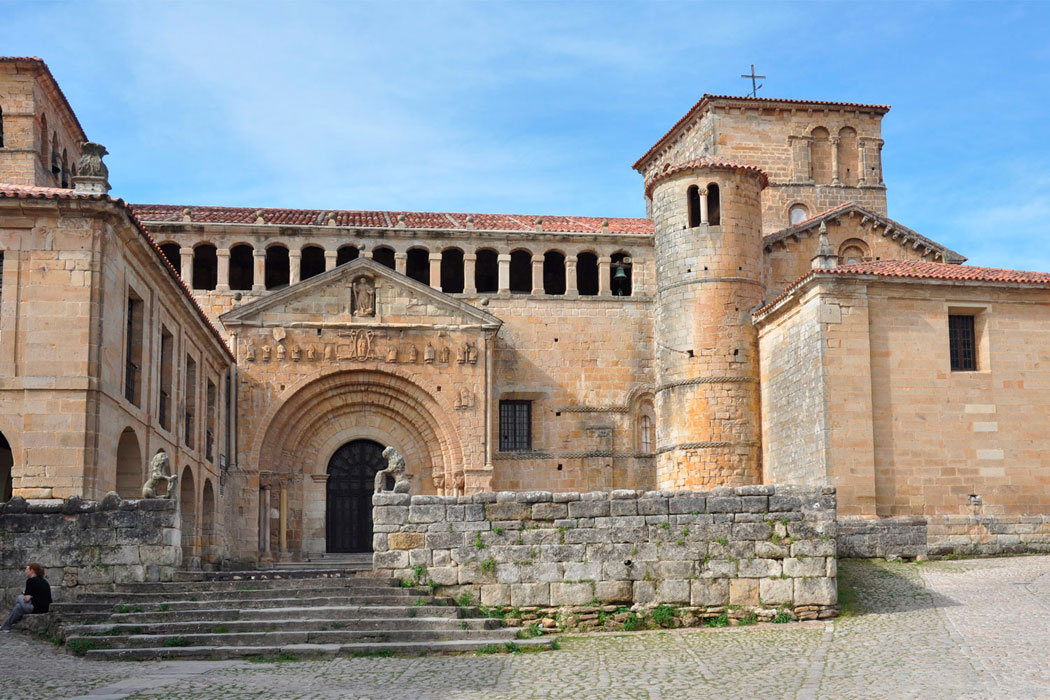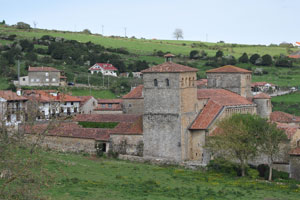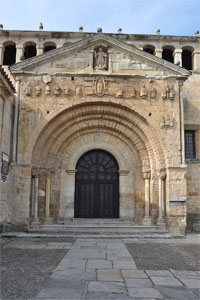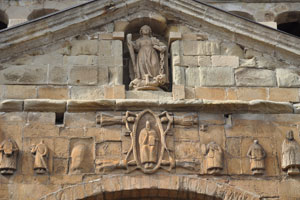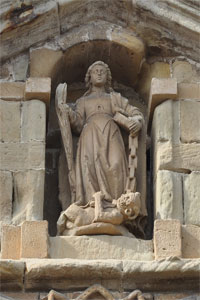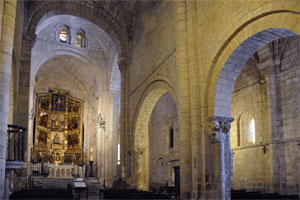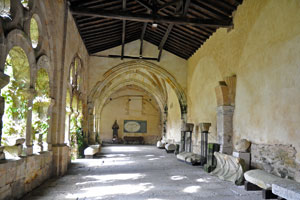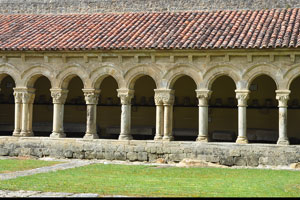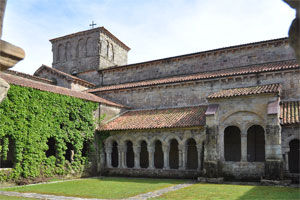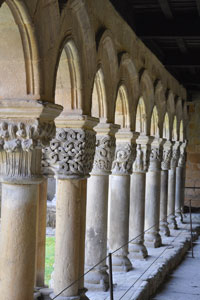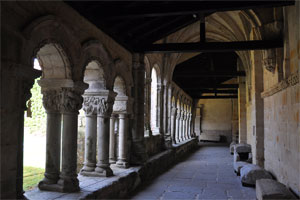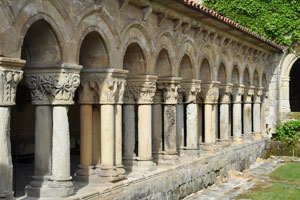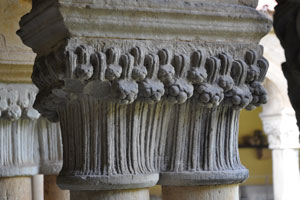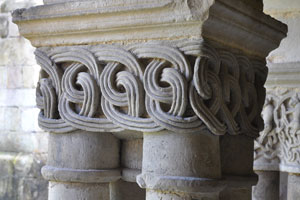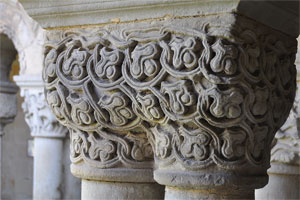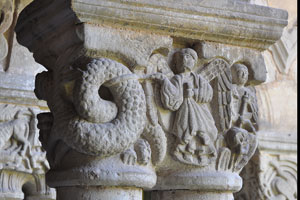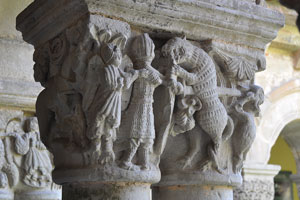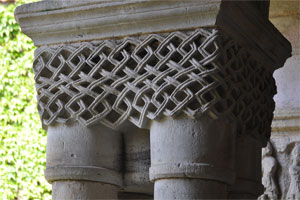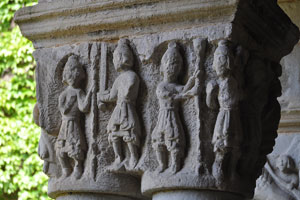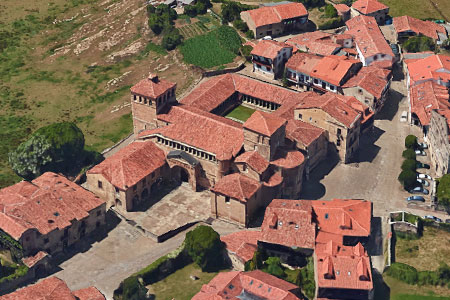Monastery and collegiate church of Santa Juliana
Colegiata de Santillana del Mar / Santa Yllana
(Santillana del Mar, Cantabria)
The foundation of the monastery of Santa Juliana cannot be dated with certainty, but everything suggests that it should be placed at the end of the 9th century or the beginning of the 10th, although it is not until 930 that this house is indirectly mentioned. From that moment on, donations to the monastery begin to be recorded, indicating that it was in full activity. It was during that foundational period that monks arrived carrying the relics of Saint Juliana, which would be venerated in the abbey.
The rule followed by those first monks is also unknown, probably the rule of Saint Fructuosus, although in 980 there is evidence of a regulation of community life through an agreement between the abbot and the community. A village grew around the monastery, which would bear the same name as the monastery, a toponym that eventually evolved into Santillana. Between the 10th and 11th centuries, the monastery of Santa Juliana benefited from several donations made by Fronilde, a figure who likely belonged to the comital family of Castile. During the 11th and 12th centuries, donations to this house continued, along with direct purchases, demonstrating a certain economic power. In the middle of this century, the current cloister was built.
At an undetermined point, likely over an extended period, the monastery was transformed into a collegiate church, a change that would have been fully completed by 1196, and from then on, a chapter of canons is mentioned. It may have been a collegiate church following the rule of Saint Augustine, but the lack of community buildings suggests its secularization, meaning the canons did not live communally and maintained their personal economic affairs. That collegiate church lasted for years, until the creation of the Diocese of Santander in 1754, when it effectively disappeared, although it was nominally maintained until its extinction in 1852.
- CAMPUZANO, Enrique (2004). La Colegiata de Santa Juliana. Santillana del Mar. Santillana del Mar: Museo Diocesano
- EÁLO DE SÁ, María (1978). El románico de Cantabria en sus cinco colegiatas. Santander: Diputación de Santander
- GARCÍA GUINEA, Miguel Ángel; dir. (2007). Enciclopedia del Románico en Cantabria. Aguilar de Campoo: Fundación Santa María la Real
- ORTIZ DE LA AZUELA, Julián (1919). Monografía de la antigua colegiata de Santillana del Mar. Santander
